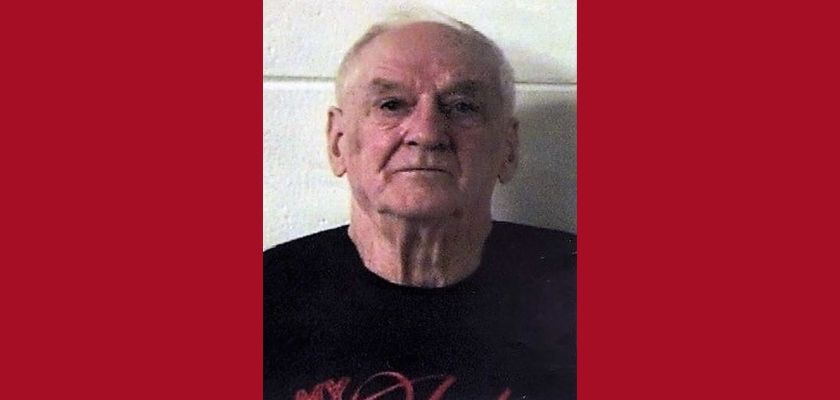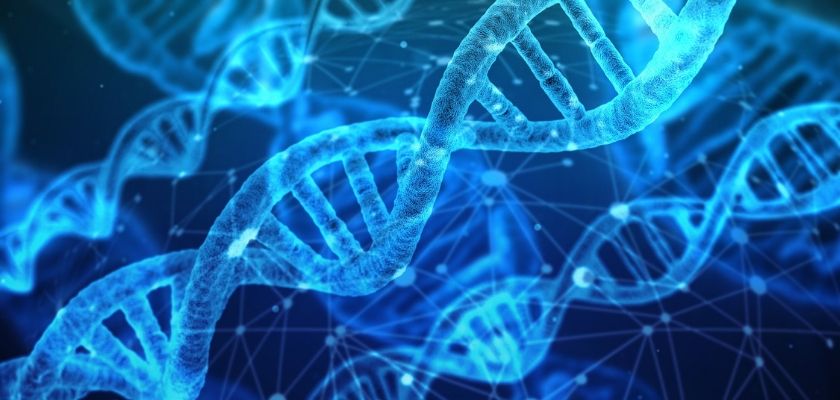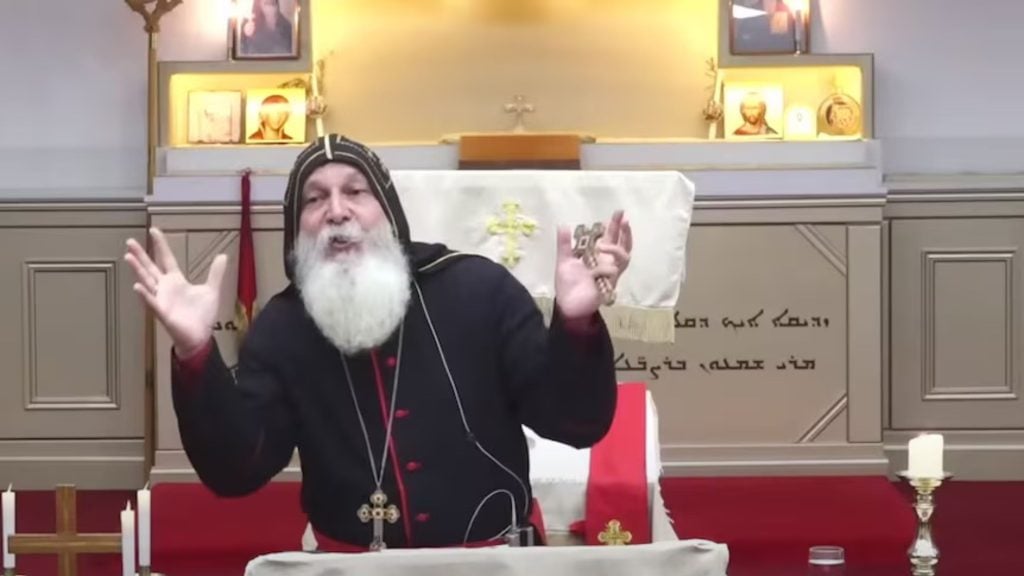Ray Vannieuwennhoven could be everyone’s neighbor: a helpful, 82-year-old handyman with a loud laugh, father of five grown-up sons. Vannieuwenhoven lived for the past 20 years among the 800 residents of Lakewood, a quiet town in northern Wisconsin.
Now he is held by the authorities for a double murder dating back to the 20th century, leaving the Lakewood community in disbelief.
The police used a genetic genealogy tree to crack a cold-blooded murder case dating July 9, 1976.
David Schuldes – a 25-year-old part-timer in the Green Bay Press-Gazette – and Ellen Matheys – a 24-year-old worker of the University of Wisconsin’s library – were camping somewhere is a secluded place in McClintock Park.
According to the documents, they were about to go for a walk when two .30 caliber bullets fired – one of which hit Schuldes in the neck, killing him instantly. Matheys run, with the killer in pursuit; she was caught and raped before being shot in the chest twice.

At that time investigators had little or no leads. The killer took no money and nobody knew why the couple had been targeted. In the 90s detectives submitted the semen from Matheys’ shorts to the FBI national DNA database without getting any match.
The turn of events came last year when detectives contacted Parabon NanoLabs, a Virginia based DNA-technology company that has already helped to identify 55 suspects in cold cases since May 2018. Parabon uploads DNA from crime scenes on GEDmatch, a free DNA database containing roughly 1.2 million profiles submitted voluntarily by users of genetic genealogy sites like Ancestry and 23andMe.
In late December Parabon’s employees delivered Vannieuwenhoven’s family tree. First, they traced his parents, who had lived in the Green Bay area. Then, detectives needed DNA samples from Vannieuwenhoven and his three brothers. They collected a sample from one brother’s trash and another one from a used coffee cup. To get Vannieuwenhoven’s DNA, two sheriff’s deputies knocked on his door pretending they wanted him to fill out and put in an envelope a quick survey. Vannieuwenhoven sealed the envelope with his tongue. Eight days later he was detained.
Law enforcement may use DNA databases and genetic genealogy to track down suspects by finding distant relatives and reverse-engineering family trees. This forensic technique became popular in the 2018’s arrest of the alleged Golden State Killer, and it is becoming increasingly approved. Presently, many states have created or expanded their own DNA databases and today 49 states in the USA store DNA profiles of offenders and suspects, with California currently maintaining the third largest database in the world and Idaho being the only state without one.
According to a 2017 research, U.S. DNA databases “deter crime by profiled offenders, reduce crime rates, and are more cost-effective than traditional law enforcement tools”.
Some DNA databases, such as the one kept by the Department of Defense, can help to identify remains or finding missing people.
However, critics warn that many of the uses of DNA databases pose a threat to individual civil freedom. Genetic markers indicating diseases as well as physical and behavioral traits could be used for discrimination and collecting such type of personal information may constitute an invasion of privacy.
DNA information could easily leak in the wrong hands or could be used to make false accusations. Furthermore, there are concerns regarding future possible uses of the digital DNA profiles, as they can be stored indefinitely.
In the UK, DNA fingerprinting pioneer Professor Sir Alec Jeffreys criticized the government for its plan to store the genetic details of hundreds of thousands of innocents in England and Wales for 12 years.
“There is a presumption not of innocence but of future guilt here … which I find very disturbing indeed”, he said.
At his first court appearance, Vannieuwenhoven pled not-guilty. His next hearing will be on June 19.
Some of his neighbors are convinced of his innocence and say he was a loving father and a caring husband that spent his days fishing, hunting and doing weeks-long camping trips since his wife died.
But this is not the first time Vannieuwenhoven has some trouble with the law. He was arrested and jailed for six months in 1957 for an unprovoked attack on a 17-year-old-girl. Before the sentence, he said that he “was only trying to scare the girls”. In 1960 he pled guilty to not providing financial support to the wife and was on probation for one year. More recently, some neighbors experienced Vannieuwenhoven drunken dark side.
“I know this much — when he was drinking he was one son of a bitch. You didn’t want to be anywhere near him when he was drinking. Not just me, a lot of people,” said Fred Mason, who works at the town dump where Vannieuwenhoven was regularly seen.
Free Tutorial: Our step-by-step guide to starting your own website for fun or profit
If you're tired of censorship and dystopian threats against civil liberties, subscribe to Reclaim The Net.









